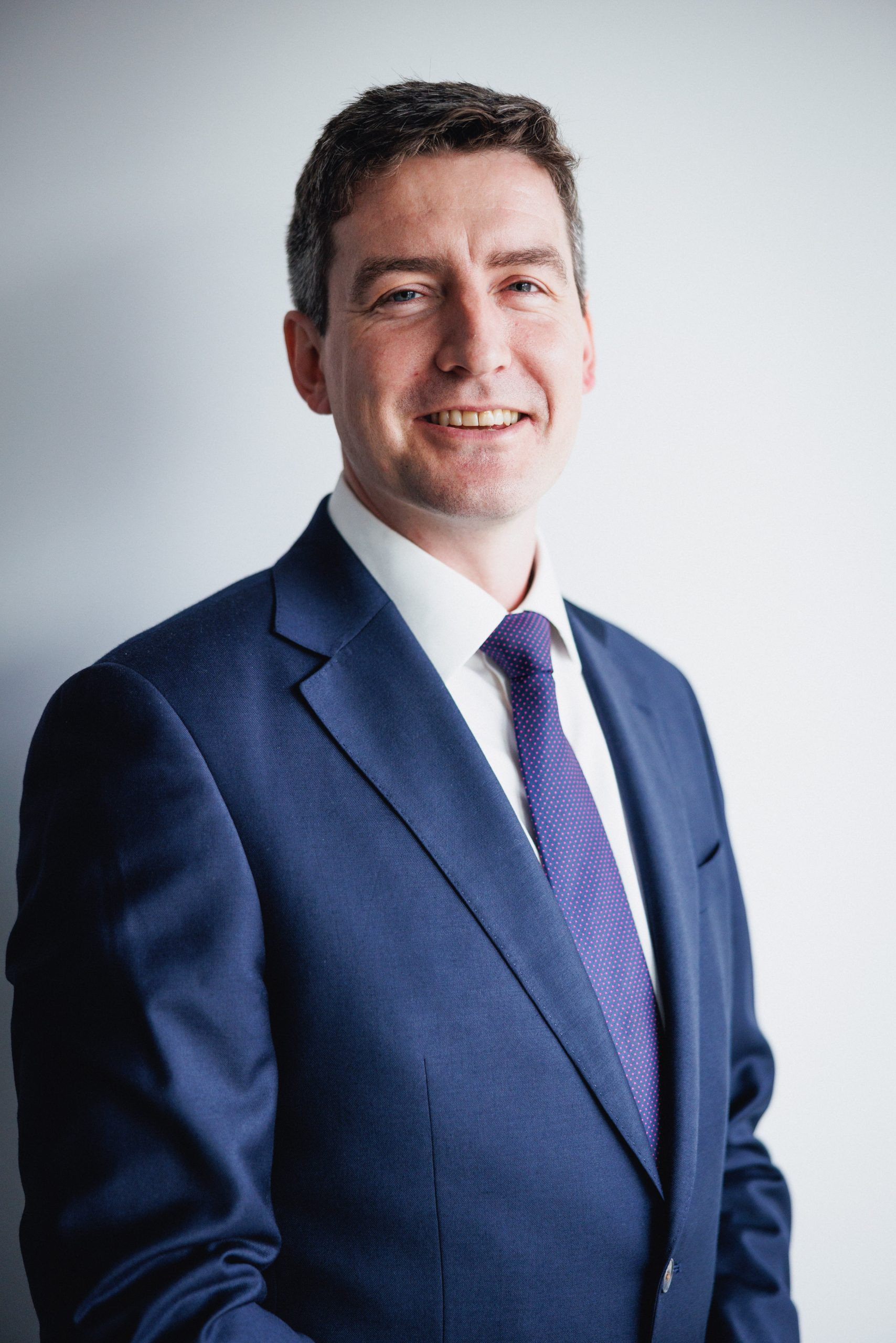our specialist shoulder and elbow consultants
Shoulder and Elbow care at Grosvenor Orthopaedics is led by our consultant surgeons Mr W James White and Mr David Butt, both graduates of London medical colleges. They bring extensive experience to Grosvenor Orthopaedics having worked across Guys NHS Trust and the world renowned Royal National Orthopaedic Hospital.
Our team have broad experience in the successful treatment of a range of shoulder and elbow problems, addressing both young and sports related injuries as well as those relating to trauma, disease process and genetics.
Patients who choose Grosvenor Orthopaedic Partners for their treatment will receive some of the best care available in the UK. Our team are leading consultants across London’s shoulder and elbow clinics and offer specialist care to our private patients through King Edward’s Hospital, HCA Lister and other major private hospitals in central London.
Our team are well placed to manage and treat a diverse range of shoulder and elbow problems utilising cutting edge diagnostic technology and treatment approaches, both surgical and conservative. Below is an overview of some of the conditions we treat but for a more thorough understanding please contact our team here
Conditions Diagnosed & Treated
Below is an outline of some of the major shoulder and elbow treatments we offer, but typically most disorders of the shoulder and elbow that warrant a specialist referral can be successfully investigated through our team. If you are suffering from shoulder or elbow problems and are looking for definitive medical support then please let us know.
SHOULDER
ROTATOR CUFF TEARS
The rotator cuff is an important structure for both shoulder movement and shoulder stability, and injury to it can lead to loss of function and pain.
UPPER LIMB TENDINOPATHY
Tendinopathy is a condition that occurs following repetitive eccentric overload.
SHOULDER IMPINGEMENT AND BURSITIS
Shoulder impingement is a very common cause of shoulder pain, where a tendon (band of tissue) inside your shoulder rubs or catches on nearby tissue and bone as you lift your arm.
SHOULDER ARTHRITIS
Arthritis is the thinning and loss of the cartilage lining of the joint. The most common causes of this are primary (age-related) osteoarthritis and secondary to rotator cuff tears.
FROZEN SHOULDER
A frozen shoulder is a condition in which a patient develops significant pain and stiffness of their affected shoulder.
ACROMIOCLAVICULAR JOINT (ACJ) INJURIES
The acromioclavicular joint is between the collarbone (clavicle) and the acromion, the highest part of the shoulder blade (scapula).
CLAVICLE FRACTURE
A fracture or break in a bone generally occurs secondary to trauma from a fall, commonly during sports such as cycling, and following a direct impact to the shoulder.
Proximal Humerus/Glenoid Fractures
A fracture or break in the humerus generally occurs secondary to trauma, commonly from a fall from a standing height, but in some cases with higher energy.
Biceps Injuries
Biceps injuries in the shoulder predominantly affect the long head of the biceps (LHB), with pain and degenerative changes, and in some cases acute rupture.
Shoulder Dislocation/Instability
Dislocations lead to damage to the shoulder stabilising structures, such as the shoulder labrum which is a cartilage rim of the shoulder socket.
Shoulder Sports Injuries
Whether it is for volleying in tennis, throwing the ball in football or making a tackle in rugby, the need for an individual to be pain-free, maintain range of movement, stability and power in a joint are essential to their ability to be involved in and compete in sports.
ELBOW
Impingement/Bursitis
A bursa is a cushion of tissue lying between skin and tendons and bone. In the elbow, the olecranon bursa lies over the undersurface of the elbow and allows flexibility, cushioning and stretching of the skin when we bend our elbows.
Tendinopathy
Tendinopathy is usually a type of overuse injury, where the tendon is repeatedly strained until tiny tears form.
Tennis/Golfers Elbow
As the name suggests, tennis elbow is sometimes caused by playing tennis, but any activity that puts repeated stress on the elbow joint can cause it. Pain that occurs on the inner side of the elbow is known as golfer’s elbow.
Osteoarthritis/Inflammatory Arthritis
Arthritis is the thinning and loss of the cartilage lining of the joint. The most common causes of this can are osteoarthritis, inflammatory arthritis and arthritis secondary to trauma.
Humerus Fractures
The humerus is the bone of the upper arm. A fracture or break in the humerus generally occurs secondary to trauma, commonly from a fall from a standing height, but in some cases with higher energy.
Radius and Ulna Fractures
A fracture or break in the forearm bones generally occurs secondary to trauma, commonly from a fall from a standing height, but in some cases with higher energy injuries.
Biceps/ Triceps Injuries
The biceps is a muscle with originates from two places in the shoulder, one of which is above the shoulder socket and the other is part of the shoulder blade called the coracoid process.
Elbow Dislocation/Instability
Dislocated elbows are one of the most common types of dislocation. Falls and sports injuries are the usual causes.
Elbow Sports Injuries
Whether it is for volleying in tennis, throwing the ball in football or making a tackle in rugby, the need for an individual to be pain-free, maintain range of movement, stability and power in a joint are essential to their ability to be involved in and compete in sports.
FOREARM
Radius/ulna fracture
A fracture or break in the forearm bones generally occurs secondary to trauma, commonly from a fall from a standing height, but in some cases with higher energy injuries.
Distal radius Fracture
The radius is the major bone in the forearm that makes up part of the wrist. A fracture or break in the distal radius generally occurs secondary to trauma, commonly from a fall from a standing height, but in some cases with higher energy




